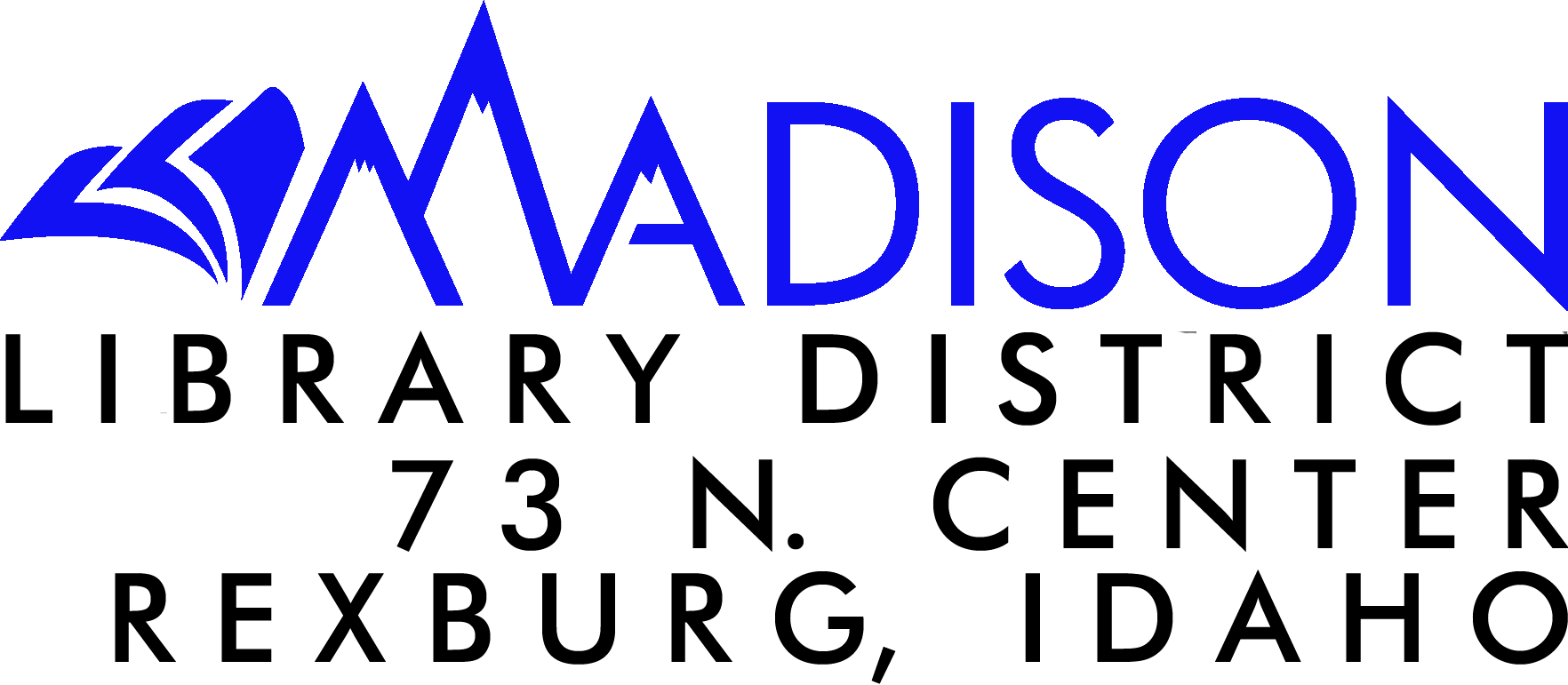A fairy tale might be the first story that you remember hearing as a child. That story might also be different from the stories that children are hearing today. Fairy tales are constantly changing as they are being retold and the stories that you might hear today are very different from when they were first written down, but as long as the story is similar it is still called a fairy tale.
Would it surprise you to know that the princess in Sleeping Beauty isn’t named Aurora? In Charles Perrault’s telling of The Sleeping Beauty, the princess remained nameless for the story. Grimm’s version does give the princess a name, but it isn’t Aurora, it’s Rosamund. The name Aurora that is used in the Disney cartoon came from the daughter of the nameless princess.
Then, would it surprise you that the princess was not raised by fairies, but by her own parents? The princess was blessed by the fairies in BOTH stories, but then she was raised by her own parents.
These stories have been evolving for centuries and have recently become a very popular genre for young adults called Fractured Fairy Tales. That is when the familiar story is changed by altering the storyline, the characters, or even by combining several stories that are not usually put together.
Fairy tales are in the non-fiction section of the library under the call numbers NF 398.2, J 398.2, and in the fiction section by author.
Some authors to look for are Donna Jo Napoli, Shannon Hale, Jessica Day George, Robin McKinley, Marissa Meyer, Alex Flinn and many others.
